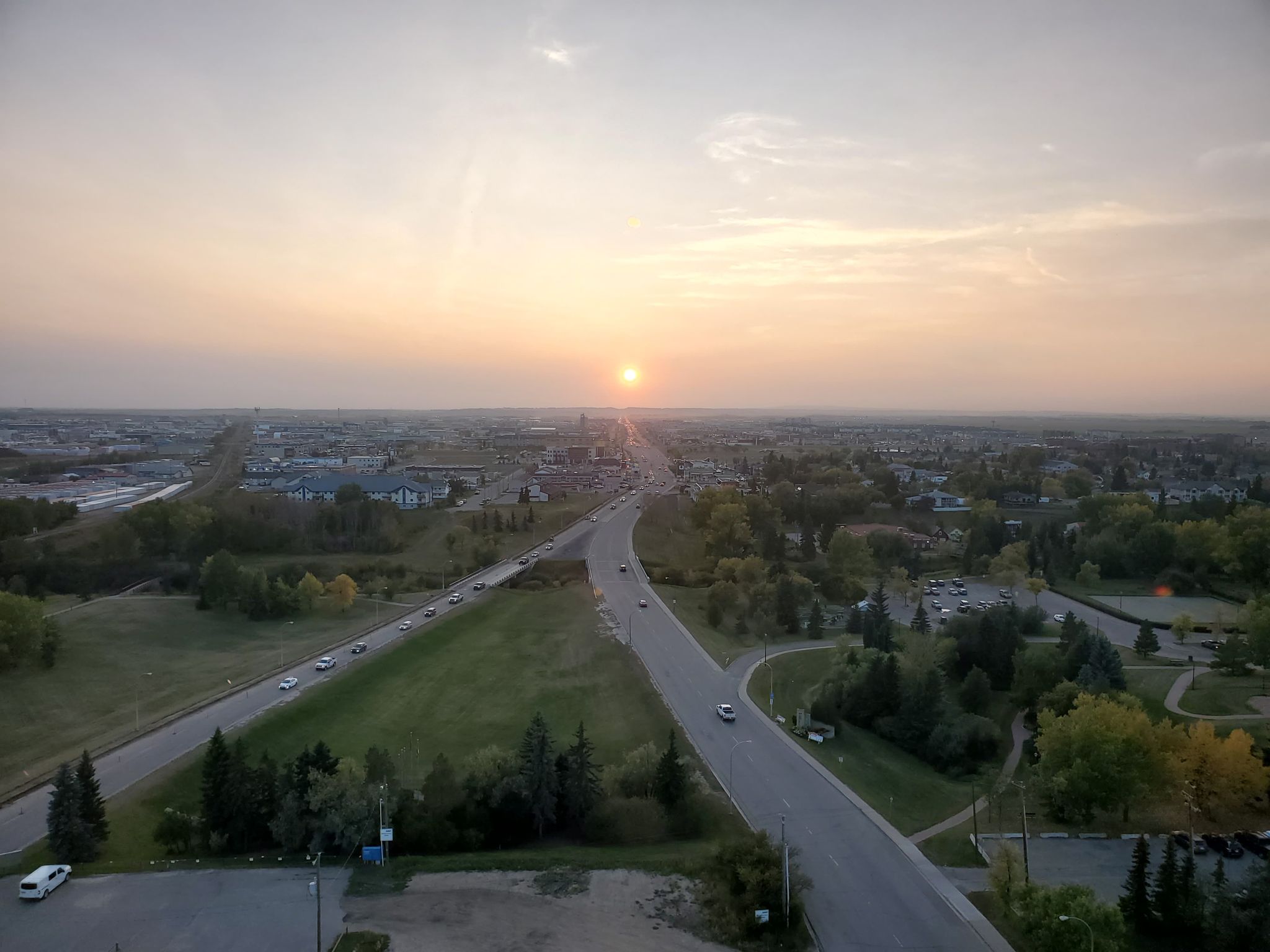With smoke, and hazy conditions expected in and out of the Grande Prairie region as wildfires continue to burn in British Columbia, officials with Alberta Health Services say being prepared for the conditions remains the most important step when it comes to keeping yourself safe.
Medical Officer of Health for the AHS North Dr. Kathryn Koliaska says the air quality index in the Grande Prairie area normally sits at a quality index of 0 to 2. However, when that begins to tick higher, having knowledge about what that means for you can help you make the best choices possible.
“If you can plan ahead and if you can make those changes to minimize the effects, and minimize the problems you may have, it’s always a good thing.”
“If you’ve got that information, and you’ve thought through what your options are and you’re able to adjust based upon [that],”
Medical Officer of Health for the AHS North zone Dr. Kathryn Koliaska says particulate matter in wildfire smoke can include things like sulfur dioxide, ozone, and nitrogen dioxide. She says it be microscopic but it can do big damage to those breathing it in.
“Whether it comes down to your own personal health or knowing that little kids have high energy levels and breathe in and out really quickly when they’re out running around,” she says.
“On the other end of the spectrum, it could be someone who has a heart or lung condition who has to take regular medication… it’s making sure you’re up to speed with your health provider.”
Residents can find updated air quality information from sources including PAZA, Environment Canada, and the Weather Network. According to FireSmoke.ca, Grande Prairie residents can expect a haze in the air for at least the next 48 hours.



